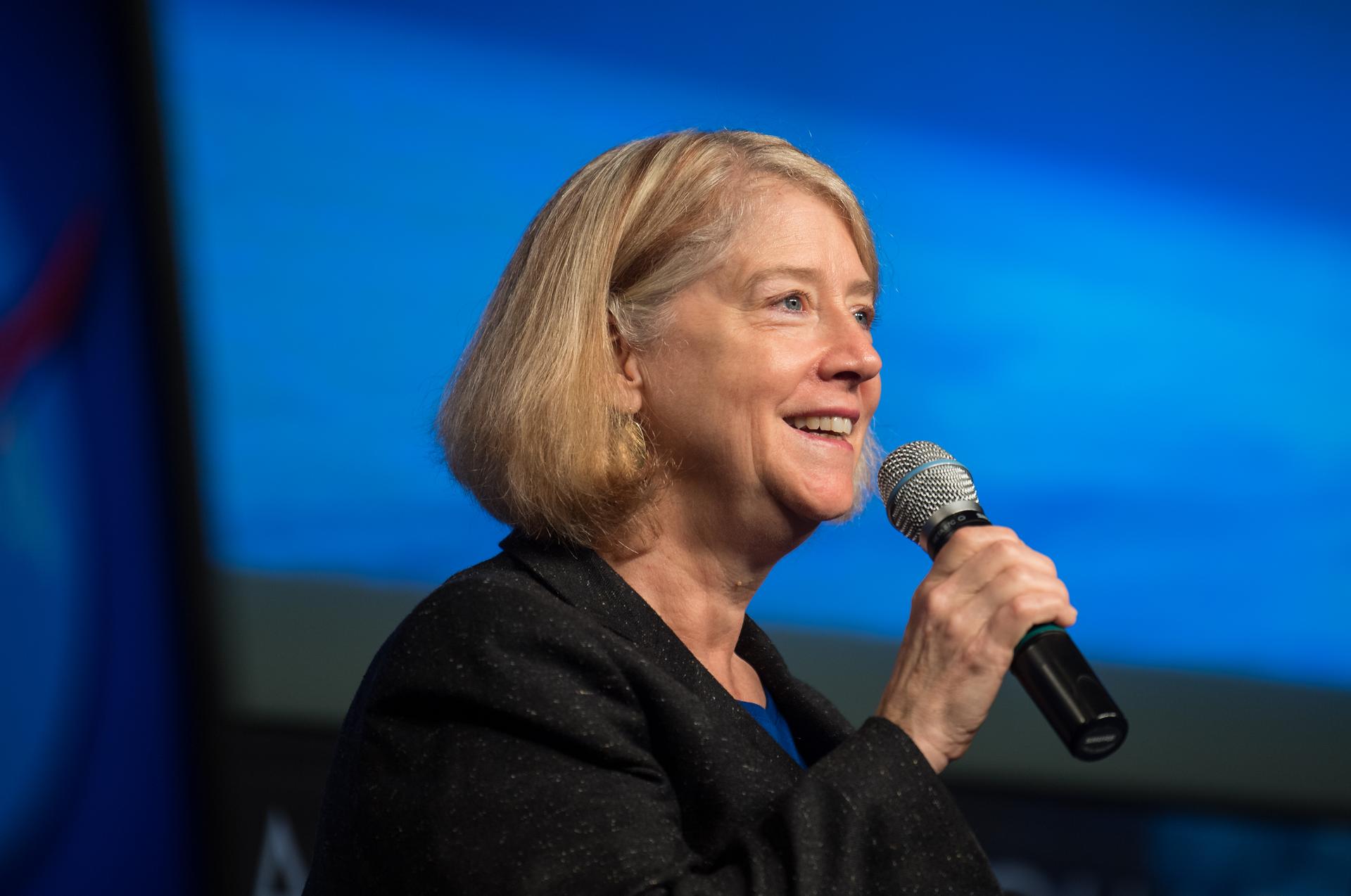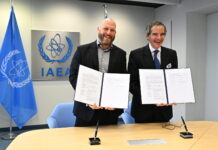In an effort to strengthen international collaboration in the fields of science and technology, NASA’s Deputy Administrator Pam Melroy, along with Nicola Fox, who serves as the Associate Administrator for NASA’s Science Mission Directorate, is set to visit Mexico City on Sunday, November 24th. This multi-day visit comes as a strategic move to build upon existing engagements and foster new partnerships between the United States and Mexico.
The primary aim of this visit is to nurture partnerships in the realms of astronomy and astrophysics research. Additionally, it seeks to shed light on potential opportunities that exist for cooperation in economic, educational, and STEM (Science, Technology, Engineering, and Mathematics) fields between the two countries. This initiative underscores NASA’s commitment to advancing international cooperation in space science and technology, with the ultimate goal of benefiting global communities.
Throughout her trip, Melroy will engage in high-level discussions with senior officials from the Mexican government, including the secretariat-designate for Science, Technology, Humanities, and Innovation. These discussions are anticipated to pave the way for expanded collaboration in space science, with a special emphasis on supporting and enhancing Mexico’s burgeoning astronomy programs. By fostering these discussions, NASA aims to create a robust framework for continued cooperation and mutual benefit.
Aside from governmental meetings, Melroy and Fox will also interact with key figures from academia, industry, and scientific institutions. These interactions are critical as they provide a platform for sharing insights, exploring new frontiers in space science, and identifying areas where joint efforts can yield significant advancements.
This visit is a continuation of Melroy’s previous trip to Mexico City earlier in the year. It reflects NASA’s unwavering commitment to fostering international partnerships in space exploration and scientific research, which are crucial for addressing the challenges and opportunities that lie ahead.
The Importance of International Collaboration in Space and Science
International collaboration in space exploration and scientific research is crucial for several reasons. First and foremost, it allows for the pooling of resources, expertise, and knowledge, which can lead to more efficient and cost-effective missions. By working together, countries can share the financial burden of space exploration, making it more accessible to nations that may not have the resources to undertake such endeavors independently.
Moreover, international collaboration fosters innovation and creativity. Different countries bring unique perspectives and approaches to problem-solving, which can lead to breakthroughs in technology and science. This diversity of thought is especially important in fields like astronomy and astrophysics, where complex challenges require novel solutions.
Furthermore, international partnerships in space and science have the potential to inspire and educate the next generation of scientists, engineers, and explorers. By showcasing the collaborative efforts of nations working together towards common goals, young people are encouraged to pursue careers in STEM fields, contributing to a more scientifically literate and innovative global society.
Mexico’s Role in Astronomy and Space Science
Mexico has been making significant strides in the field of astronomy and space science. The country is home to several world-class astronomical observatories, such as the Large Millimeter Telescope (LMT), which is one of the largest and most advanced telescopes of its kind. These facilities provide valuable data and insights that contribute to our understanding of the universe.
Moreover, Mexico’s commitment to advancing its space science capabilities is evident in its increasing investments in research and development, as well as its participation in international space missions. By collaborating with NASA and other international partners, Mexico is poised to play a pivotal role in the future of space exploration and scientific research.
Potential Benefits of the US-Mexico Collaboration
The collaboration between the United States and Mexico in space science and technology holds immense potential for both nations. For the United States, partnering with Mexico provides an opportunity to access new resources and expertise, which can enhance the country’s space exploration capabilities. Additionally, it strengthens diplomatic ties between the two countries, fostering a spirit of cooperation and mutual respect.
For Mexico, the collaboration with NASA offers access to cutting-edge technology, research facilities, and expertise. This partnership can accelerate the development of Mexico’s space science programs, positioning the country as a leader in the field. Furthermore, it provides opportunities for Mexican scientists, engineers, and students to work alongside their American counterparts, gaining valuable experience and knowledge.
Conclusion
NASA’s upcoming visit to Mexico City is a testament to the importance of international collaboration in space exploration and scientific research. By fostering partnerships with countries like Mexico, NASA is not only advancing its mission of exploring the universe but also contributing to the global effort to address some of the most pressing challenges facing humanity today.
As the United States and Mexico continue to strengthen their ties in the fields of science and technology, the possibilities for innovation and discovery are boundless. This collaboration has the potential to inspire future generations, drive economic growth, and pave the way for a brighter and more prosperous future for all.
For more information on NASA’s international collaborations and initiatives, you can visit their official website at NASA’s Office of International and Interagency Relations.
For more Information, Refer to this article.


































